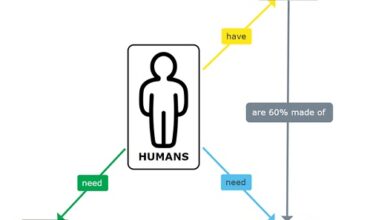How to validate a research instrument/definition/importance
The validation of a research instrument refers to the process of assessing the survey questions to ensure reliability. How to validate a research instrument?
Because there are multiple hard-to-control factors that can influence the reliability of a question, this process is not a quick or easy task.
6 steps to validate a research instrument
Here are six steps for you to effectively validate a research instrument.
Step 1: Perform an Instrument Test
The first of the steps to validate a research instrument is divided into two parts. The first is to offer a survey to a group familiar with the research topic to assess whether the questions successfully capture it.
The second review should come from someone who is an expert in question construction, ensuring that your survey does not contain common mistakes, such as confusing or ambiguous questions.
Step 2: Run a pilot test
Another step in validating a research instrument is to select a subset of the survey participants and run a pilot survey . The suggested sample size varies, although around 10 percent of your total population is a solid number of participants. The more participants you can gather the better, although even a smaller sample can help you eliminate irrelevant questions. How to validate a research instrument?
Step 3: Clean the collected data
After going through the data collection process , you can export the raw data for curation. This greatly reduces the risk of error. Once they are entered, the next step is to reverse the code for the negatively asked questions.
If respondents have responded carefully, their responses to questions that were expressed negatively should be consistent with their responses to similar questions that were expressed positively. If that’s not the case, you can think about deleting that poll.
Also check the minimum and maximum values for your general data set. For example, if you used a five-point scale and you see an answer that indicates the number six, you may have a data entry error.
Fortunately, there are software such as QuestionPro that have tools for quality control of survey data .
Step 4: Perform a Component Analysis
Another step to validate a research instrument is to perform a component analysis.
The goal of this stage is to determine what the items represent by looking for trends in the questions. You can combine the questions that are loaded into the same items by comparing them during their final analysis. How to validate a research instrument?
The number of item themes you can identify indicates the number of items your survey is measuring.
Step 5: Check the consistency of the questions
The next step in validating a research instrument is to check the consistency of the questions that are loaded in the same items.
Checking the correlation between the questions measures the reliability of the questions by ensuring that the survey responses are consistent.
Step 6: Review your survey
The last of the steps to validate a research instrument is the final review of the survey based on the information obtained from the data analysis. How to validate a research instrument?
If you come across a question that doesn’t relate to your survey items, you should delete it. If it is important, you can keep it and analyze it separately.
If only minor changes were made to the survey, you are likely ready to apply it after the final reviews. But if the changes are significant, another pilot survey and evaluation process will probably be needed.
Importance of validating a research instrument
Taking these steps to validate a research instrument is essential to ensure that the survey is truly reliable.
It is important to remember that you must include your instrument’s validation methods when submitting your research results report. =
Taking these steps to validate a research instrument not only strengthens its reliability, but also adds a title of quality and professionalism to your final product.
